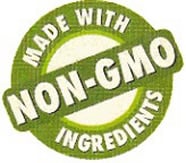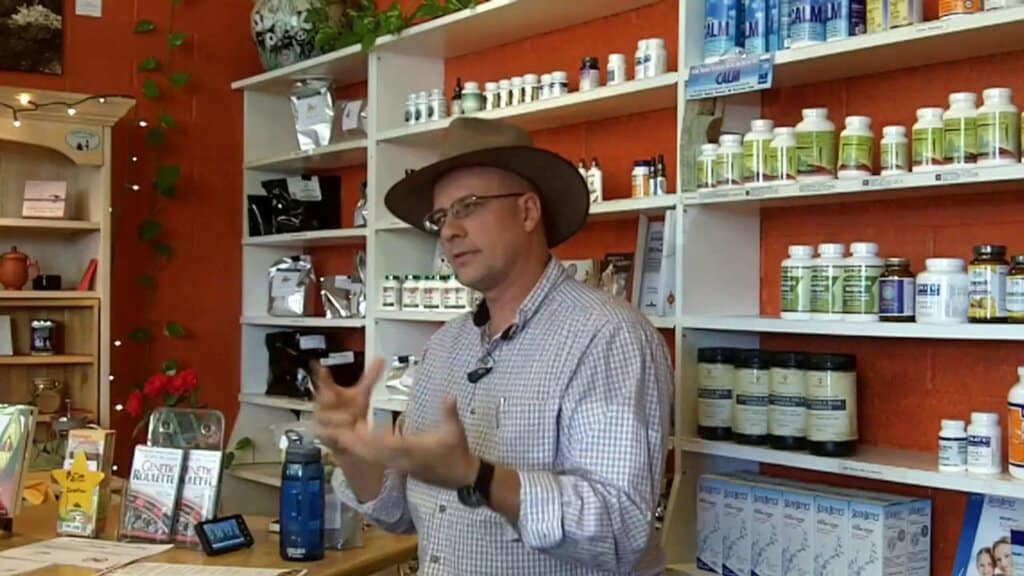GMO Labeling Vote Will Be a Big Fight
GMO Labeling – Good Idea?
The upcoming GMO labeling vote, known as California Proposition 37 or popularly called the California Right to Know Genetically Engineered Food Act is shaping up to be a huge fight for both sides. Those that support labeling of foods that contain GMO ingredients –about 70 – 80% of all processed foods– believe that there are many unanswered questions about the impacts of GMO foods on our health, both now and in the future. Advocates of the safety of GMOs say the passage of the proposition will be too costly and complex to enforce, while not doing enough to protect public health. They also assert that there is no scientifically proven dangers of the GMO ingredients.
The battle lines are very clearly drawn with scientific studies, experts of all kinds, parents and lots of emotional appeal being deployed by both sides of the argument. So far other GMO labeling efforts have failed in 20 states, most recently Oregon, New York and Vermont. Much media attention was paid to the Vermont case, as public opinion and votes were seemingly disregarded after threats of lawsuits from Monsanto against elected officials turned the tide. California is very important to this issue due to the historical trend of what has been adopted as agricultural practices has spread to other states. As California goes, so goes the nation. Labeling advocates point to recent studies showing consumers support Prop 37 by an almost 3 – 1 margin, with 64.9% in favor and 23.9% opposed. This follows several years of national public opinion polls showing the same or greater trending.
This isn’t just about a label appearing on the box of cereal you might choose for breakfast. This is about huge amounts of money and profits at stake for large food corporations. Research has shown overwhelmingly that consumers will be reluctant to buy packaged foods that have a “Made with GMO” label on them. This will create a sea change in the packaged foods industry, with earthshaking consequences. New food ingredient suppliers will be needed, supply will most likely not be able to keep up with demand for some time, certifying the non-GMO ingredients will cost money, and the new ingredients will most likely be more expensive. These increased costs will be partially passed on to the consumer, resulting in the average American’s food bill to increase appreciably. It might become more cost effective to finally eat a more healthy diet!
Expect this issue to hold center stage more often as the November election draws closer.










Leave a Reply
Want to join the discussion?Feel free to contribute!